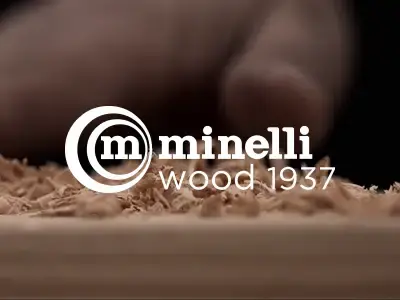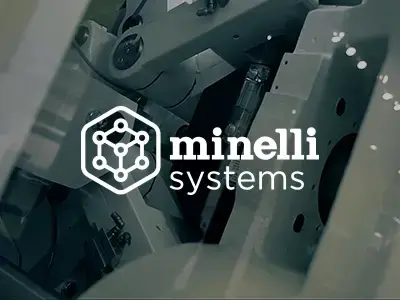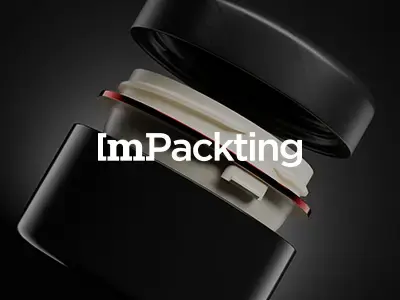 Today, the choice of everyday consumer products requires attention, not only for functionality or aesthetics, but also for environmental and health impact. Pet brushes are no exception.
Today, the choice of everyday consumer products requires attention, not only for functionality or aesthetics, but also for environmental and health impact. Pet brushes are no exception.
Many people think that choosing an appropriate pet brush is only beneficial to the pet owners, those who then must use it, underestimating the impact on the animal itself.
This article will explore how the choice of appropriate materials for a pet brush can affect both pet and owner well-being, with a special focus on the problem of microplastics.
Beyond plastic pet brushes: the importance of the materials
Sustainability has become an imperative in the contemporary world, even when it comes to products for animals. The debate over the materials used in the manufacture of pet accessories is intense, as more and more consumers realize the importance of conscious choices for the health of their four-legged companions.
Today, most pet brushes are made of plastic; this leads to possible negative consequences that cannot be underestimated, both from an environmental and animal health perspective.
Microplastics: an invisible but pervasive risk
The problem of microplastics has become a growing global concern, affecting not only environmentalists but also the general population because of their ubiquitous environmental and health impacts. These tiny plastic particles, defined as such when they measure less than five millimeters, derive from a variety of sources, including consumer products that degrade over time, such as plastic bottles, containers, and even synthetic fabrics such as nylon and polyester, as well as being intentionally used in products such as cosmetics for their abrasive properties or as fillers.

Microplastics can pass unnoticed through the filters of modern water treatment stations and accumulate in natural ecosystems. This allows them to enter aquatic and terrestrial food chains, where they can be ingested by a wide range of organisms, from the lowest plankton to birds and fish, all the way to humans and domestic animals. Once in ecosystems, microplastics do not decompose easily and can persist for hundreds of years, accumulating toxic substances that stick to their surface.
The health risks of plastics for animals and humans
For pets, the presence of microplastics in items such as brushes can pose a direct exposure risk. Animals, particularly dogs and cats, tend to bite and lick their pet brushes during grooming, thus increasing the risk of ingesting these particles. This behavior can lead to the accumulation of microplastics in their body tissues, potentially causing internal inflammation or other long-term health problems, such as gastrointestinal disorders or alterations in their metabolism.
For humans, prolonged exposure to microplastics can occur through direct skin contact with objects that release them, such as pet hair brushes. In addition, inhalation of household dust containing microplastics is another potentially dangerous route of exposure. Scientific research is still ongoing to determine the actual health impacts, but there are significant concerns about the possible endocrine and toxic effects of these particles, especially when considering their cumulative effects in the human and animal body over time.

Given their pervasiveness and resistance to degradation, strategies to manage the impact of microplastics require a multidimensional approach. This includes improvements in water filtration systems, promotion of biodegradable or more easily recyclable materials in industrial production and increased public awareness and education about the consequences of plastic use.
In addition, emphasizing the importance of opting for microplastic-free products, such as pet brushes made from natural materials, becomes a concrete gesture that consumers can make to reduce their environmental impact and protect the health of their pets and themselves. Promoting the use of these sustainable products can thus not only help mitigate the environmental crisis of microplastics but also raise the level of health and safety in daily pet care.
Why wood is the best material for a pet brush
A well-designed pet hair brush made from natural materials such as wood not only reduces the risk of microplastic release but introduces a number of benefits beyond just grooming functionality. Wood, in particular, is valued not only for its strength and durability but also for its nontoxic properties. Unlike plastic, wood does not emit chemical odors that can be unpleasant or even irritating to both animals and their owners. This is crucial, as both dogs and cats have a much more sensitive sense of smell than humans and can react negatively to strong or artificial odors.
In addition, wood offers an aesthetically pleasing appearance and a warm feel, which can make brushing time more pleasant for the animal. This material is also a renewable resource, which means it can be sustainably grown and renewed, reducing the environmental impact associated with deforestation when managed properly. Brushes with custom wooden handles are not only visually appealing but are also ergonomically designed, providing a comfortable and secure grip that facilitates prolonged use without tiring the owner's hand.

From the perspective of environmental sustainability, manufacturing brushes from natural materials such as wood results in significantly less environmental impact than plastic alternatives. The life cycle of a wood product, from production to decomposition, is more environmentally friendly: wood naturally decomposes and reintegrates into the environment without releasing harmful substances. In contrast, plastic products not only consume nonrenewable fossil resources for their production but also contribute to long-term environmental contamination by fragmenting into microplastics that persist in the ecosystem.
Thus, choosing pet brushes made of responsively managed wood is not only an ethical and healthy choice but also an act of responsibility to the planet, ensuring that daily animal care does not become a source of environmental damage. This decision supports a more sustainable and conscious approach, aligned with growing consumer demands for products that respect both the health of animals and the integrity of the environment.
Design and functionality of pet brushes
The design of pet brushes is another aspect that deserves special attention not only for aesthetics, but especially for functionality and safety. In this context, the return to simple designs and the use of natural materials are not only a stylistic choice, but a necessity to ensure animal welfare.
Simple, functional design in pet brushes avoids unnecessary complications that could disturb or harm the pet during use. Overly elaborate brushes may contain nooks and crannies or components that catch the hair painfully or ineffectively, while a well-designed brush with few but effective features focuses on the main functionality: detangling, cleaning, and stimulating the skin safely and comfortably.

Natural materials, such as wood, are chosen not only for their biodegradability but also for their hypoallergenic properties. Unlike plastics and synthetic compounds, which can release harmful chemicals over time, natural materials tend to be more neutral and safer for prolonged contact with the animal's skin.
Growing awareness of the implications of material choices on animal welfare is driving a preference for more environmentally friendly and sustainable products. It is vital to continue this trend by promoting the adoption of natural materials not only for their safety and sustainability, but also for the well-being of pets.
If you are looking for top quality and sustainable pet brushes, don't hesitate to contact us! Minelli experts are at your service to discuss your project together and figure out how to implement your ideas.







